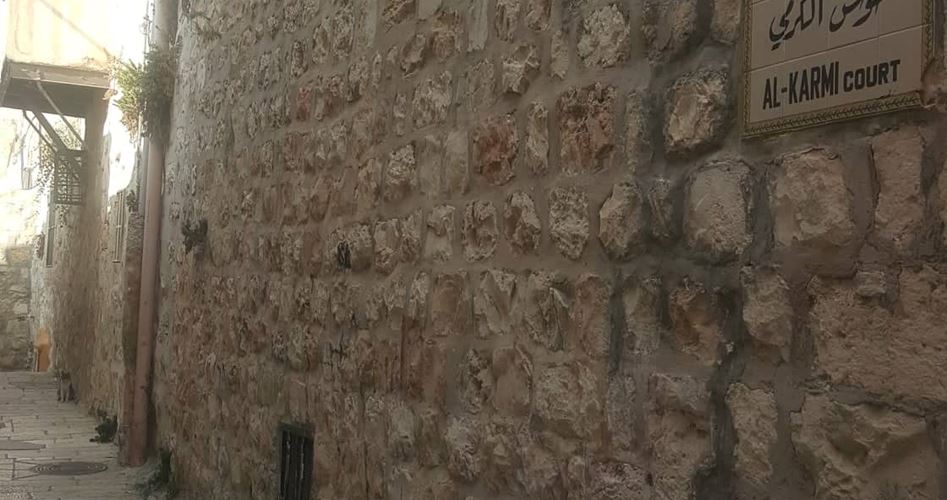The Old City of Jerusalem is characterized by its distinctive architecture since the Ayyubid period during which dozens of unique buildings were built including the so-called “Al-Hawsh” a Mamluk residential complex with several families residing in.
The researcher in the history of Jerusalem Robin Abu Shamsieh told the Palestinian Information Center that Al-Hawshs in Jerusalem were characterized by a distinctive architectural style called palaces and a number of them still exist until today carrying the names of the families of Jerusalem such as Shihabi Danf and Al-Hilou. They were also characterized by arches domes and long corridors.
He added that the city of Jerusalem received the attention of the Ayyubids after the conquest of Saladin; where they tried seriously to implement a process of Islamization of the city and the building of Islamic buildings that we see today that date back to the Ayyubid period.
He added: “The process completed during the Mamluk period by the construction of many buildings including the Tikaya the corners and the mosques. In addition to all these buildings we had Al-Hawsh which put an Islamic character to the holy city which we call the Mamluk Hawsh.”
One architectural style
He pointed out that Al-Hawsh which we now call a population complex had many families living in intersecting roads inside the city. Most of the Hawshs were characterized by a single architectural style that begins with low and narrow entrances with a small arch with a very simple entrance or a slightly wider entrance. The Hawsh would also include a meeting point which usually contained a water fountain called the Al-Bahra that is why it was called “the land of the Al-Bahra.” Houses were divided into two floors the first was allocated for low-income people and the upper one was called the palace which was allocated for rich people who owned real-estate and money.
Abu Shamsieh explains to our correspondent that the Hawshs were named after the families that were taking care of them for example The Hawsh of Aldo The Hawsh of Meshaal and The Hawsh of Hilou stressing that the Mamluk period was full of clear signs of the glory of the Mamluk architecture.
He continued: “We find luxury homes with multiple floors including houses belonging to the families of Ansari Nusseibeh and Tarani. Many other families lived in Jerusalem and considered it a spiritual city of the future most of them were families of Jerusalemite origin such as Al-Fityani Al-Shubani Al-Khattib Nusseibeh and other families who came to the city from other cities such as Hebron and Nablus which made the Hawshs take a family or a professional shape which we see today.”














